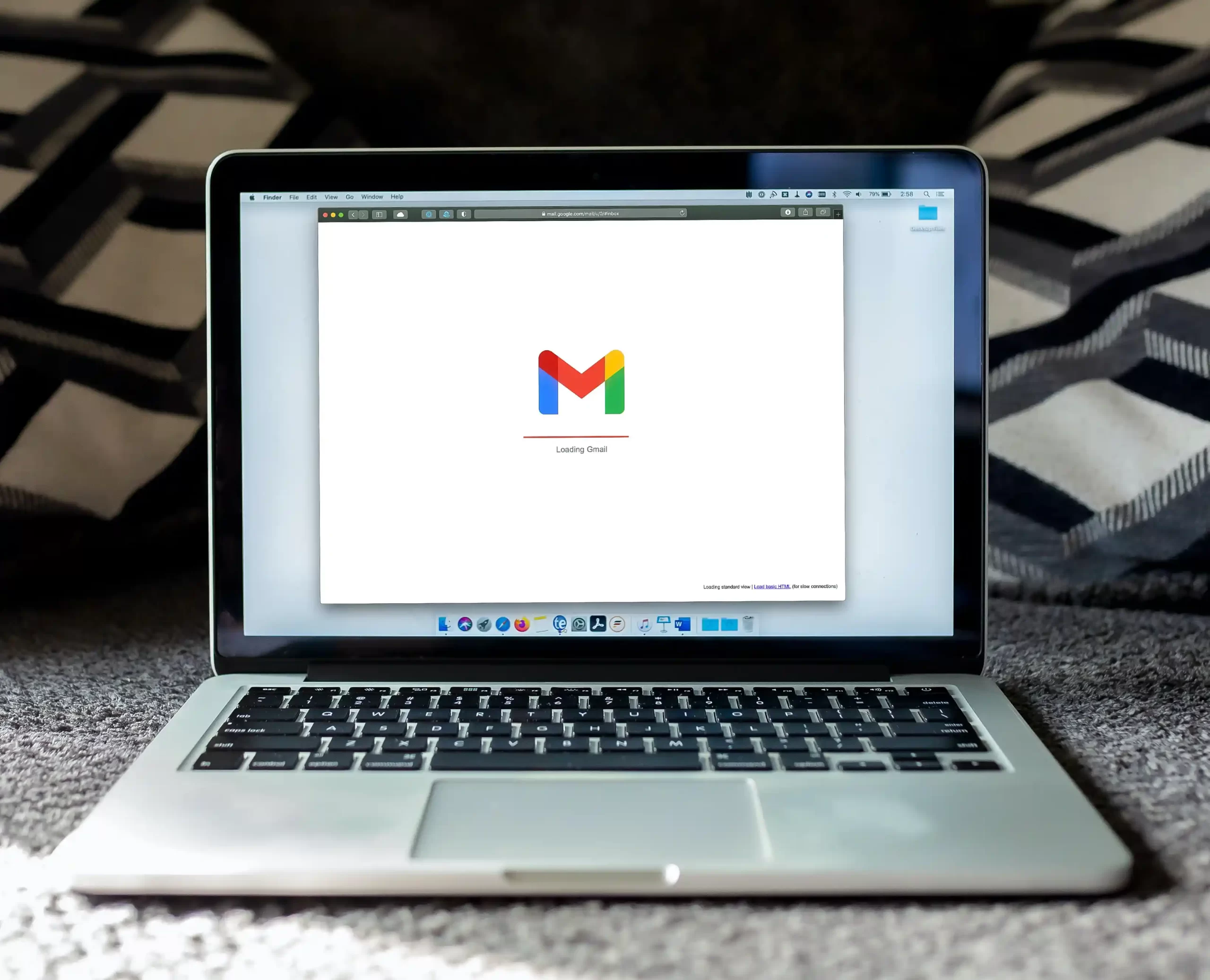What exactly is going on?
There is growing speculation that the United States economy may enter a recession as a result of adverse economic conditions.
Why is it significant?
People may get panicked during times of financial instability and economic downturn, causing them to make expensive mistakes with their money management.
What comes next?
When investors and customers are trying to decide what they should do next, it may be quite helpful to take a look at the current situation and compare it to similar situations in the past.
According to a recent survey conducted by the Wall Street Journal and the NORC, 83% of American adults think the economy is “bad or not so good,” and it’s not hard to see why they hold this view. The cost of necessities that are used on a day-to-day basis has been climbing steadily throughout the nation for the better part of 2022, and recent figures from the Consumer Price Index indicate that inflation is now at its highest level in the last four decades. Mortgage rates are going up, the cost of gasoline and food is still going up, stock prices are going down, and there is no sign of respite in sight.
As a result of factors such as rising inflation, which discourages consumers from spending, and the announcement by large retailers like Target and Walmart of profits that are lower than anticipated, more and more financial analysts are increasing the prospect of a recession. When there is a cessation of economic activity or a reduction in economic activity, the ripple effects may have severe repercussions for a number of people. It becomes more difficult to earn money, save money, and invest money, all of which contribute to increased financial stress and even panic.
With the current state of the economy, it is important to think about what occurs during a recession, examine the facts to evaluate whether or not we are truly in a recession, and figure out how to keep some historical perspective. It is also important to note that negative times are only brief and that, in the long run, the economy of the United States and the stock market both experience growth.
Reviewing the historical performance of the economy might be helpful in preventing unreasonable or rash decisions about the allocation of financial resources. The majority of the responsibility for this may be placed on recency bias, which refers to the tendency we have to consider the most recent events we’ve had to be the most significant. Because of this, many investors decided to get out of the stock market in 2008, during the fall of the S&P 500, which resulted in them securing their losses and losing out on the succeeding bull market.
According to Daniel Crosby, a chief behavioural officer of Orion Advisor Solutions and author of The Laws of Wealth, the natural inclination of humans is to extrapolate events from the recent past into the infinitely foreseeable future. As Crosby said in an email to me, “It’s a time-saving shortcut that works most of the time in most situations but can be horribly misapplied in markets that tend to be cyclical.” “It’s a time-saving shortcut that works most of the time in most circumstances,” Crosby said.
Consider the following chart-based analysis from the last three decades before making any rash decisions on your investment portfolio, giving up on the possibility of buying a house, or losing your cool over job uncertainty. We have high hopes that this summary, which is powered by facts, will provide a larger perspective and some motivation for getting the most of your money as per the current state of the economy.
What’s happening with mortgage rates?
As the Fed continues its rate-hike campaign (w.r.t the current state of the economy) to chill spending and contain inflation, the 30-year fixed mortgage rate has surged by more than 2 percentage points to above 5%. After a 20% down payment on a $429,000 property, a buyer will need an additional $5,000 a year to finance the mortgage.
Three years ago, homeowners faced identical borrowing costs and “historically low” rates. If we believe borrowing money is costly now, remember the early 1980s when the Fed raised rates due to hyperinflation. In 1981, a 30-year fixed-rate mortgage averaged 16%.
Rising rates may help homebuyers by lowering property prices. As borrowing costs rise, properties may see fewer bids and values decline. According to Redfin, 1 in 5 sellers lowered their asking price from April to May.
What about the stock market?
The Dow Jones Industrial Average, which includes Apple, Microsoft, and Coca-Cola, is 9% below its January level. Comparatively, tech stocks are down more. The Nasdaq is down 20% since January. Analysts think the bubble is bursting for corporations like Amazon and Netflix, whose revenues soared during the epidemic.
Today’s losses are not as quick and sharp as in March 2020, when the DJIA fell 26% on four trading days. The market reversed direction the next month and launched a two-year bull run as the lockdown spurred software, health care, food, and natural gas demand.
In 2008 and 2009, a housing and financial crisis plummeted the Dow by over 55% from its 2007 peak. By autumn 2009, it had one of its longest victory runs. Given the stock market’s cyclical character, it’s not time to sell. Adam Seessel, the author of Where the Money Is, says, “In low times, hold and/or purchase.” “Over the past 100 years, American stocks have been the surest method to become rich slowly,” he said.
What do we know about inflation?
Global supply chain disruptions, government stimulus money, and a rise in consumer spending are driving the US’s highest inflation rate in four decades. According to Moody’s Analytics, the 8.3% spike in consumer prices adds $311 per month to family budgets (PDF).
Policymakers think 2% inflation is “normal.” But now, in the current state of the economy, it’s four times that. It’s the greatest annual inflation spike since 1980 when it reached 13.5% during the oil crisis and significant government expenditure on the military, social services, health care, education, and pensions. Inflation dropped below 5% by the mid-1980s as the Fed raised interest rates to stabilize prices. As rates rise, personal savings rates may also rise. I-bonds, officially backed accounts that track inflation, are also luring depositors.
What does unemployment tell us?
In April, unemployment was 3.6%. Over 400k jobs were created, significantly above February and March 2020 lows. Millions of employees will abandon their employment in 2021 due to burnout, insufficient compensation, and perks, leaving firms struggling to replace vacancies. It’s an applicant’s market.
Rebounding unemployment is a recent economic trend. The continued rise may hurt company revenues, leading to layoffs and hiring freezes. Watch the IT industry. Google and Facebook may see a “correction” after the strong expansion during the epidemic. Almost 70 startups and IT organizations were laid off in May, according to Layoffs.
If you’re scared about losing your job in a recession, chronicle your successes so you can guide your boss through them during review season. How to withstand a downturn. Review your emergency funds to determine how far you can stretch them. In the last recession, it took jobless Americans 8–9 months to find work. With the current state of the economy, let’s hope that’s not the case this time.










